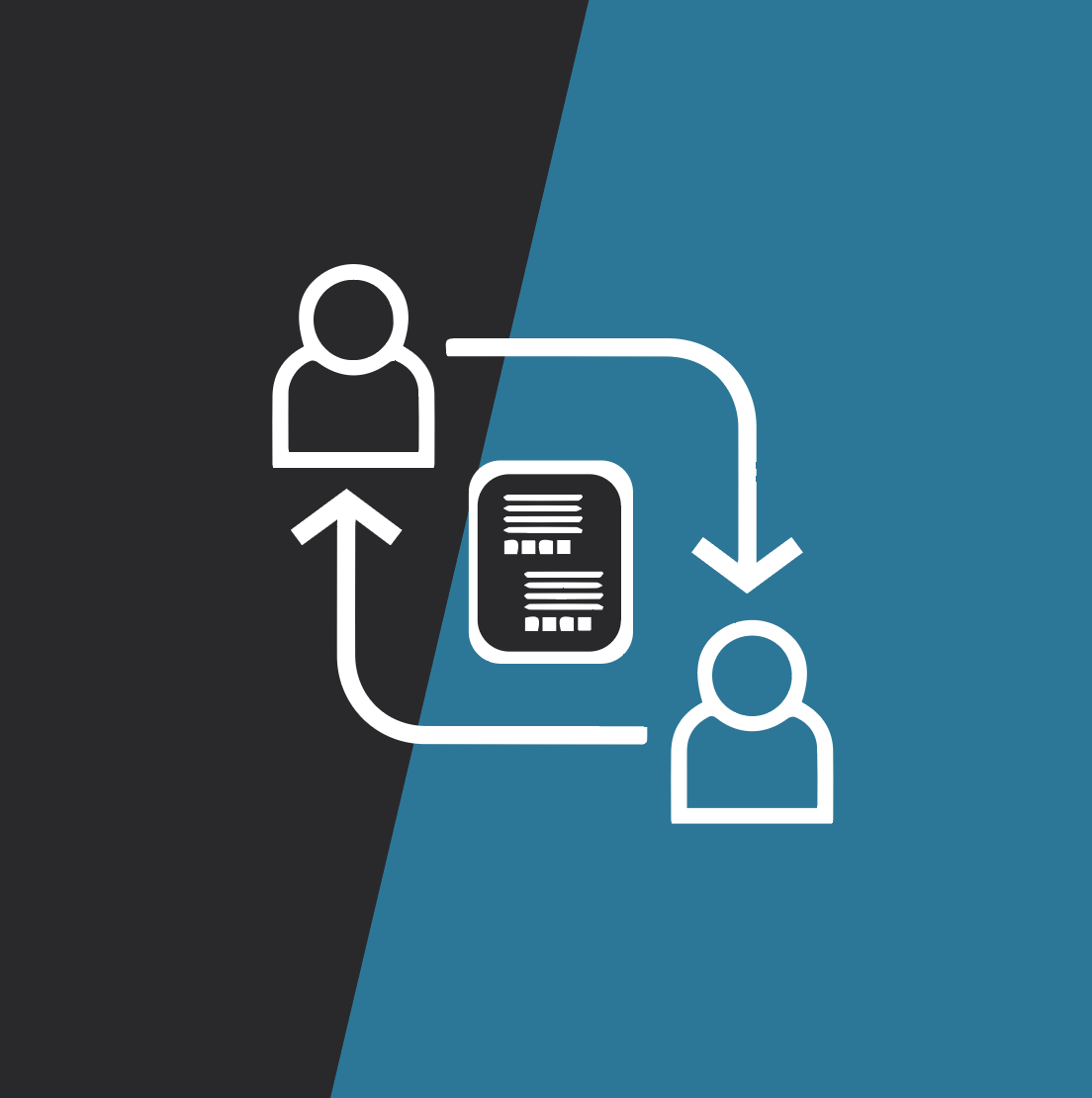10 Tips for Using Sequences in the HubSpot CRM
Dan Sitton#Digital Strategy, #HubSpot

We offer some valuable tips for getting the most out of the Sequences tool in the HubSpot CRM, which can automate the messages sent to sales prospects.
In today’s age of information overload, marketers and salespeople need to be able to take advantage of the tools available to them to stand out in the sea of noise. At Diagram, we’ve found that HubSpot provides some great sales enablement tools to help us connect with our leads and prospects. Some of these tools are available directly in HubSpot’s CRM, and others need the HubSpot Sales Pro add-on, but the sales tools available have been invaluable to us in building our sales process using the HubSpot CRM.
One of my favorite and most time-saving tools to use in HubSpot’s CRM is Sequences. This tool allows me to send a string of messages without having to go back and schedule each individual message. For similar types of messaging, I can easily repeat the sequence for each persona. The individual is unenrolled from the sequence when they either respond to an email or are manually unenrolled.
The benefits of this tool are obvious, but I’ve put together a few tips I’ve learned that really helped me take sequencing to the next level:
1. Know your ideal buyer profile and the persona you are targeting
Building a sequence is similar to building a smaller campaign – it starts with knowing your ideal buyer profile and the persona you are targeting. Having an audience in mind makes it easier to write the emails in the sequence. It also allows you to segment your sequences so that they’ll only enroll the proper individuals.
2. Build your sequences from proven templates
Know your content. This goes beyond knowing what content exists on your site; you also need to be aware of what content is available to you to use in sequences. Knowing which email templates are performing and which ones aren’t will help you understand how to begin your conversation. I like to include high-performing templates in my sequences so I won’t have to reinvent the wheel each time.
3. Add tasks to your sequences
You can’t rely solely on email to connect with your prospects and leads. Creating tasks in the HubSpot CRM to call the prospect during the sequence provides another opportunity to connect with them. I also like to create a task at the end of each sequence that tells me that the individual has completed the sequence so that I know to schedule the next outreach task and evaluate their interactions.
4. Know when to sequence
Not all of your prospects and leads fit into sequences. Often, depending on where they are at in the sales/marketing funnel, it’s better to pick up the phone and call your inbound leads, because they are closer to the bottom of the funnel and ready to speak with you. If you can’t initially connect, then a sequence is good second option, but it isn’t always the best first move. I also like using sequences when a lead has gone dark and you’re looking to reconnect.
5. Personalize the messages within each sequence
I can’t stress this enough: when you are scheduling a sequence in HubSpot, you have the ability to go through each email and personalize your outreach. Without personalizing your message to the individual, you risk becoming white noise with a bland and generic email that is easily ignored. By addressing the individual directly, you can make a better case for your services and products.
I like to have a personalized opening paragraph written specifically for the individual. After that, I typically keep the same base information and body in each sequence template – but I check and see if there is any other opportunity for personalization. When researching my prospects and leads, a few places I look are the company website, the company LinkedIn page, the individual’s LinkedIn page, and the individual’s Twitter account. Building off the information I’ve found, I can personally address that individual and show how I can help them solve their problems.
6. Use different sequences for different stages in the buyer’s journey
Not everyone is ready to buy right away. Identifying where the prospect is in the buyer’s journey is crucial to getting the right information. You’re going to address someone who is just becoming aware differently than someone who is making a decision. Set up separate sequences to address these individual stages for each persona.
Identifying where a prospect is in the buyer’s journey is especially important, because you don’t want to overwhelm someone who is in the awareness stage. For these individuals, my sequences are primarily purposed for building trust and using our content to give the individual the information he or she needs.
7. Schedule your sequences appropriately
Scheduling is often easier said than done; you want to make sure that your activities in each sequence are spaced properly. This can vary by persona and where a prospect is at in the buyer’s journey. Sometimes, you want to make sure you’re following up with the individual quickly, but other times you may want to allow time the prospect to absorb the information you’ve sent them.
I find that I like to allow more time between contact attempts for prospects at the beginning of the buyer’s journey, because often I am sending them blog posts to read, as well as webinars and ebook offers. I want to allow them to digest each item and avoid overwhelming them with information.
8. When prospecting, target by sequence
I love sequences for prospecting! I previously wrote about how I use HubSpot’s Prospects tool to find ideal companies to target and warm leads. By having sequences ready for our different personas, I can find the persona that fits an individual and schedule multiple outreach attempts within a few minutes. This process saves me time and allows me to address more warm prospects, because the foundation of information is already in the sequence – I only have to write that initial personalization paragraph.
9. Check your stats
HubSpot provides some great data to tell you how well your templates and sequences are performing. You can also see which step each individual enrolled in a sequence is at. But seeing how each sequence is performing informs me about whether I need to make changes to the content I’m offering, the content in the emails, or even if I should change the subject line. The key metrics that I usually check are open rate, click rate, and responses.
These stats also help me formulate my next steps in contacting a prospect. For example, if I see that she has opened one email significantly more often than others and is clicking a specific link more often, I can use that information to identify a potential pain point – even if she hasn’t replied yet. I can also track the activity of my emails with my prospects in real time by using the Activity Stream.
10. Follow up after the sequence
While it might seem like common sense, after a prospect completes a sequence without responding, you will want to make sure you determine the next step. For some, if there’s no response, you will take not immediate action, but for others, you might enroll them in another sequence. Sometimes, you might decide to completely personalize another approach.
To make sure no one slips through the cracks, I create a task at the end of each sequence to notify me that the prospect has completed the sequence and that I need to address next steps. Having this built in to the end of sequence ensures that I’m always ready to follow up with each prospect.
I hope these tips help you as you use HubSpot to reach your own prospects, but if you have any questions or tips of your own, please share them in the comments below. If you’re looking to get started with HubSpot’s powerful sales and marketing tools, please contact us, and we’ll work with you to incorporate HubSpot into your digital strategy!
Photo by Jake Hills on Unsplash
Related Posts

3 Pro Tips to Make Your HubSpot Workflows Successful
HubSpot's workflows are a powerful tool for connecting with your customers. We share 3 pro tips for getting the most out of your workflows.

7-Step Guide to Effective Social Media Ads
We share how to plan a successful paid social media campaign in 7 easy steps.
Results Matter.
We design creative digital solutions that grow your business, strengthen your brand and engage your audience. Our team blends creativity with insights, analytics and technology to deliver beauty, function, accessibility and most of all, ROI. Do you have a project you want to discuss?
Like what you read?
Subscribe to our blog "Diagram Views" for the latest trends in web design, inbound marketing and mobile strategy.
